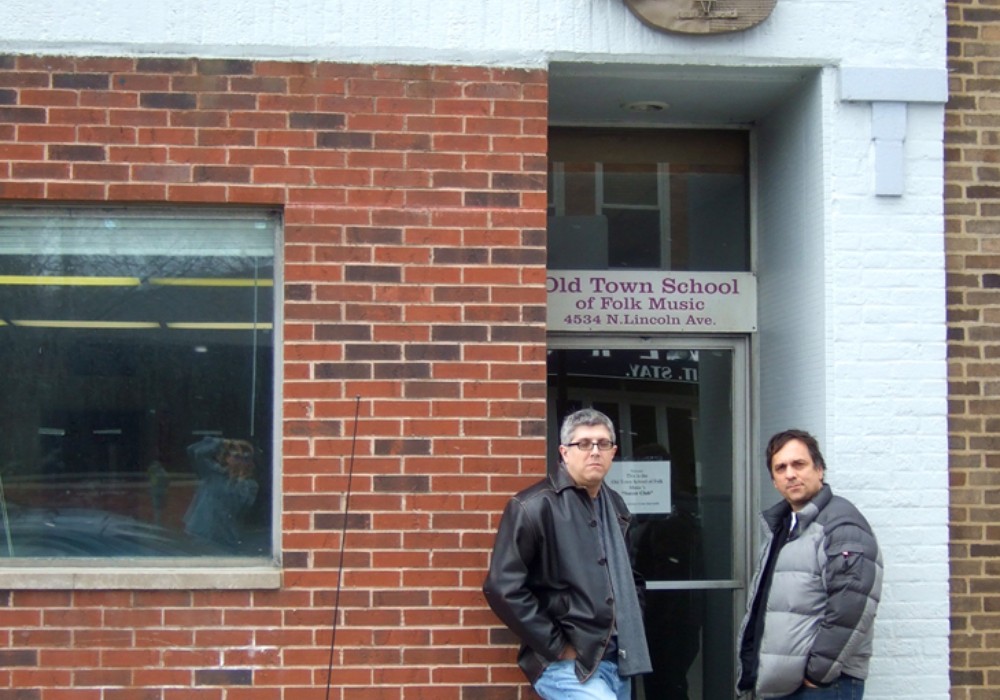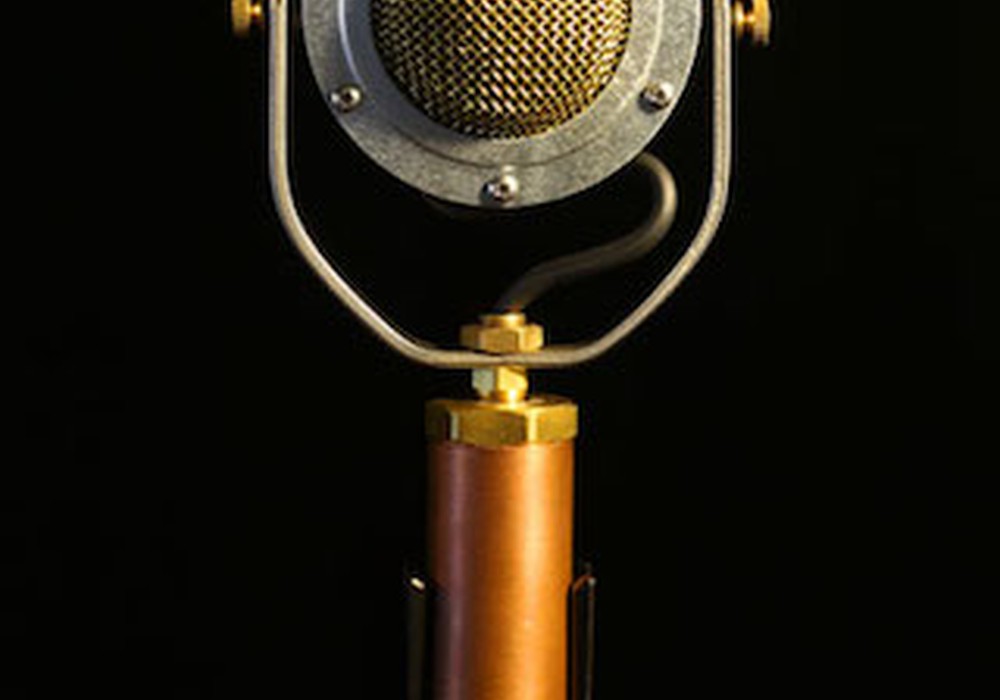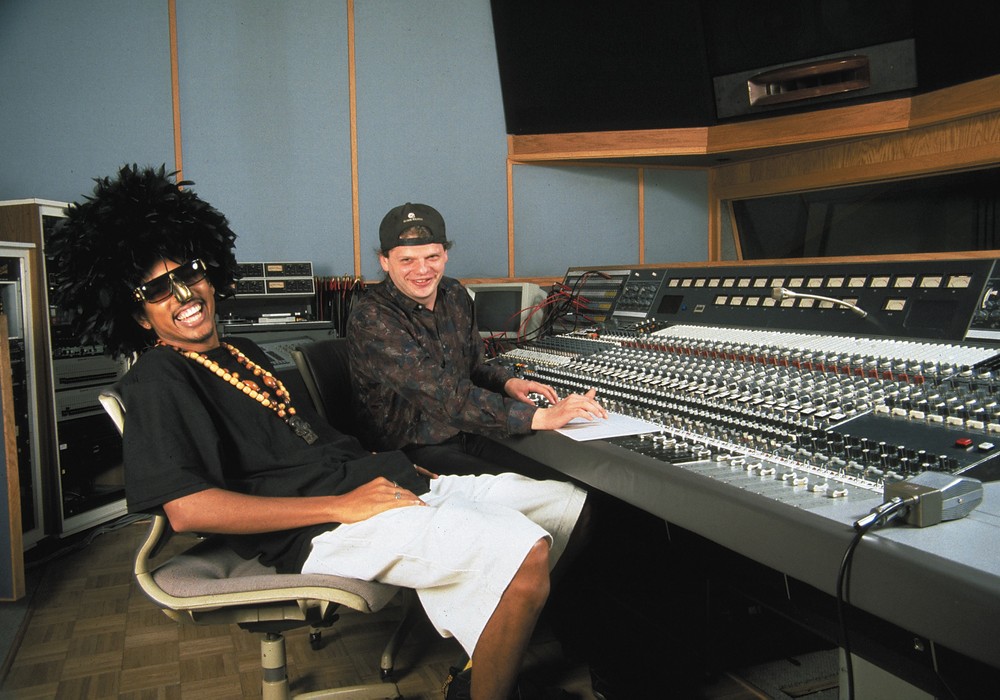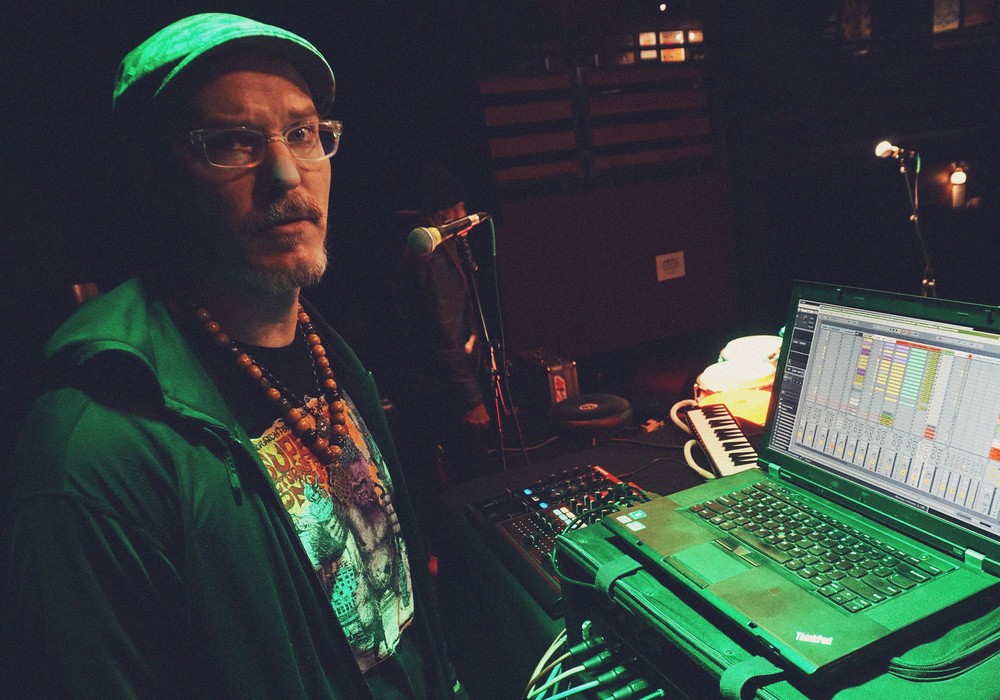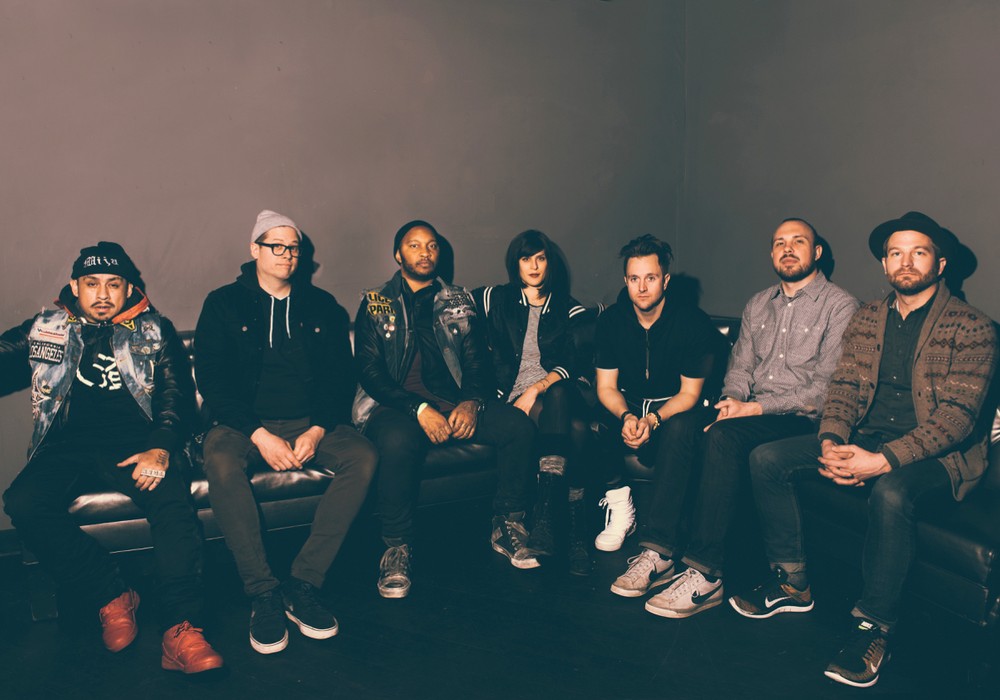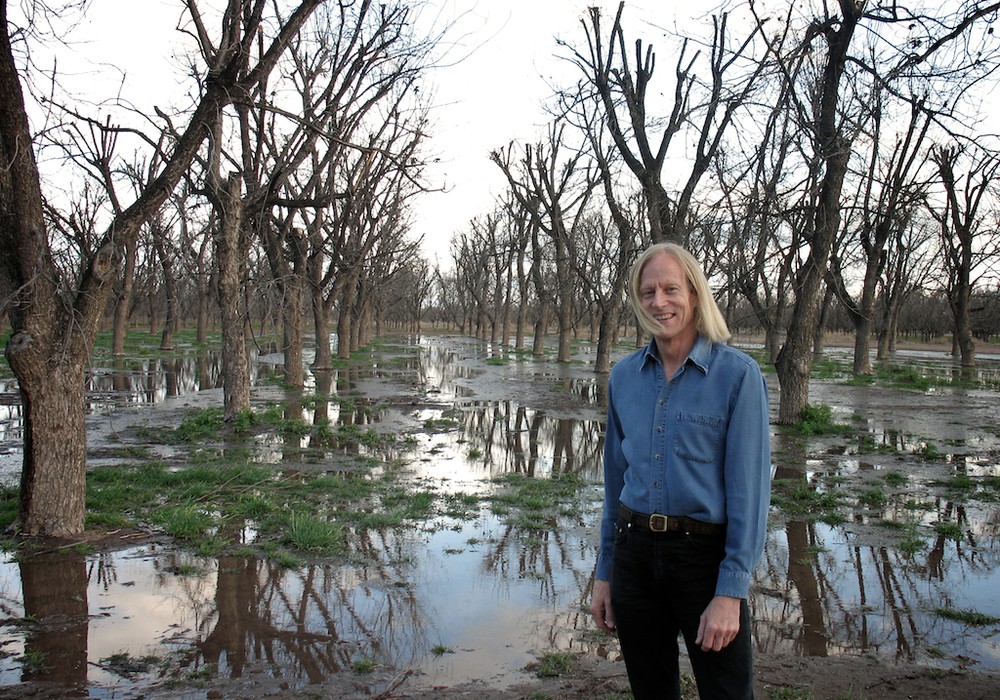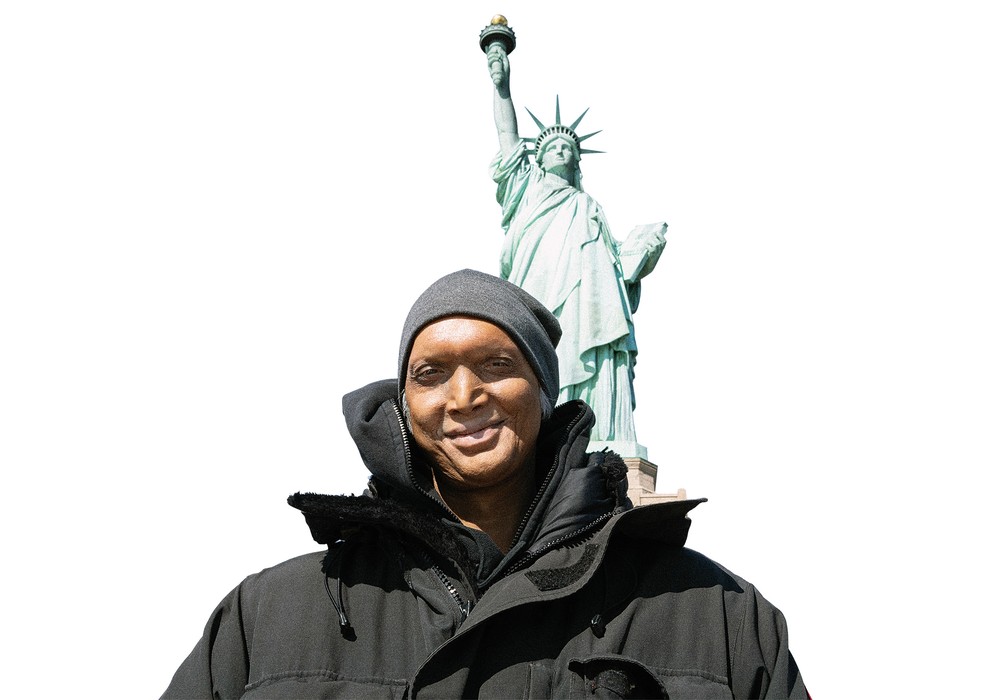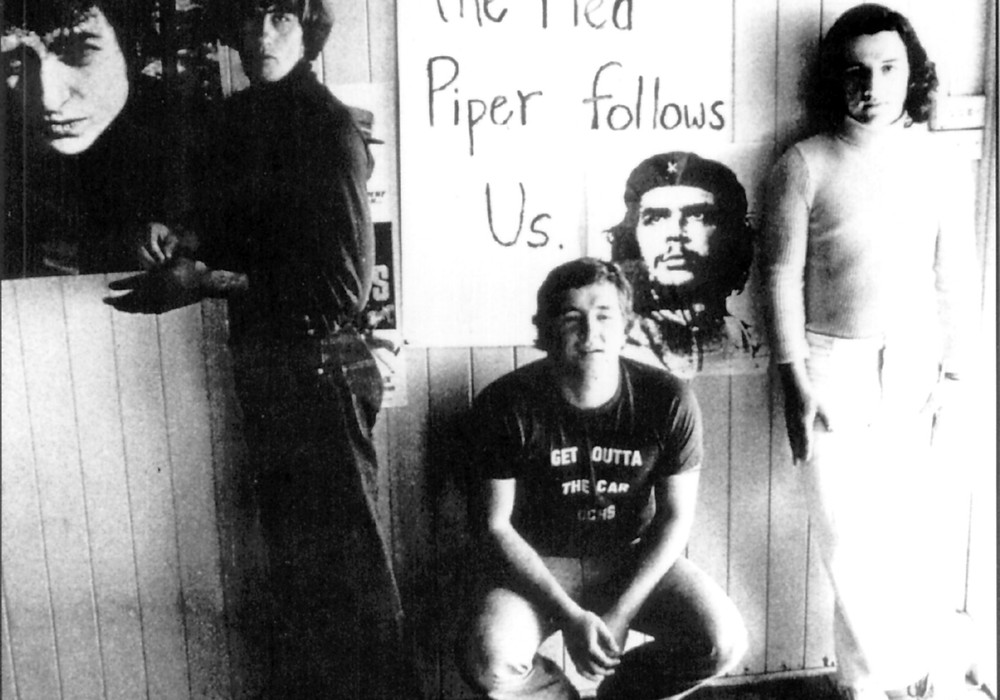The Rock 'n' Roll Camp For Girls of Portland, Oregon was founded in 2001 with the intent of bringing girls and young women together to learn more about music and encourage creativity. Girls aged 8 to 18 learn to play musical instruments, write songs and form bands all while building self-esteem and creating lasting friendships. Girls Rock Institute, a branch of The Rock 'n' Roll Camp For Girls, is an active, year-round after-school program. The program is divided into 10-week blocks called Rock Blocks. There's also a weekend-long Ladies Rock Camp (for ladies 19 and over) and four sessions of Summer Camp wherein extensive instrument instruction and band coaching abound.
There are plenty of opportunities for girls and young women to rock, but what about the other half of rocking? What about audio engineering? In 2008 the camp instructors got together and unanimously decided it was high time for a recording class. Armed with years of gained knowledge through active experience as a producer, live and studio audio engineer, Sailor Banks (also know by her production moniker, Sugar Short Wave) claimed the post as recording class instructor of Rock Camp Studio. Sailor, who has been involved with the Rock Camp for many years in various capacities, noticed that the young ladies exhibited an increasing curiosity in sound and how it's captured, recorded and processed.
Rock Camp Studio
(Year Round Program)
This is a great program to learn how to record bands and make the songs sound awesome. Open to students ages 13-17. Each class is two hours long, once a week for ten weeks.
"It seemed like a natural progression — learning to play instruments, learning to write songs and forming bands... 'What's next?' Learning to record sound."
The course curriculum is in constant flux, building on what the girls learn and absorb, and then expanding on those concepts and moving forward.
"It's largely a step-by-step program based on the capacity, abilities and interests of the students."
Sailor decided to introduce the students to the science and art of audio recording from the ground up.
"We start with core concepts — the physics of sound, the frequency spectrum, the fundamentals of audio engineering — signal routing and signal flow, mic choice and placement. My aim is to give them a broad overview of what it's all about. I'm self-taught and initially, in my early years, I struggled to understand what frequency is and how it plays into everything. I've made some games for the students to illustrate what frequency is. We have a piano here, and I've labeled each piano key with its corresponding frequency. This way, the girls make the association between pitch and frequency. With presented lessons, I give the girls supplemental information and worksheets from a number of textbooks, most prominently, The Sound Reinforcement Handbook."
The classes are hands on. The small number of students per class (four or five) enables each girl to engage in and work on every aspect of each recording project. Elusive concepts such as mic design and function, dynamic microphones versus condenser microphones, sound pressure level and directional patterns are easily grasped by the students via comparisons between microphones.
"For the first couple of classes we had fun experimenting with the microphones. We have three or four different mics specifically for drums [Audix D series]. We set three different mics up on the kick one at a time in the same relative position and tracked it. We then listened to each track to hear the differences of each mic. We did that with the whole kit and found the mics that sounded best in a given situation. Also, we have many drum sets to choose from. This way the girls can learn the difference in sounds produced from drum kits composed of certain wood types, ply and wrap and of course, different players. From this experiment they've gathered knowledge and are better able to know which mic they want to use for a given source, and they know and understand the differences between each mic. It's been an exercise in shaping their ears and their ability to listen skillfully. It also helps them make sense and use of the audio language/lingo in relation to what they're hearing. For example, on a given source, the Shure SM57 has a flat frequency response than this boomy, frequency-contoured CAD KBM412. These exercises bring the theory we've covered into play and help make audible sense of it all."
While analog recording has been lightly touched upon, the girls are primarily working in the digital domain. They track to hard disk via a MOTU Traveler interface. They're using Steinberg's Cubase 5 recording software. The girls are learning the basics of digital multitracking and Sailor doesn't feel the need to overwhelm the girls with heavy digital theory, as it can be abstract, and at this stage, unnecessary.
"For the girls, this class is mostly about learning a new skill and being able to apply it to what they're doing — be it a live sound application or a studio situation. With this education, they're able to record their friend's band or their own project. They don't have to rely on someone else to make a recording of their music — they can do it themselves. That's the goal — to achieve independence and self-empowerment through education."
The students attending the class are having fun learning audio recording, though none of them have expressed an interest in pursuing a career in audio engineering. For this reason the light theory approach makes...
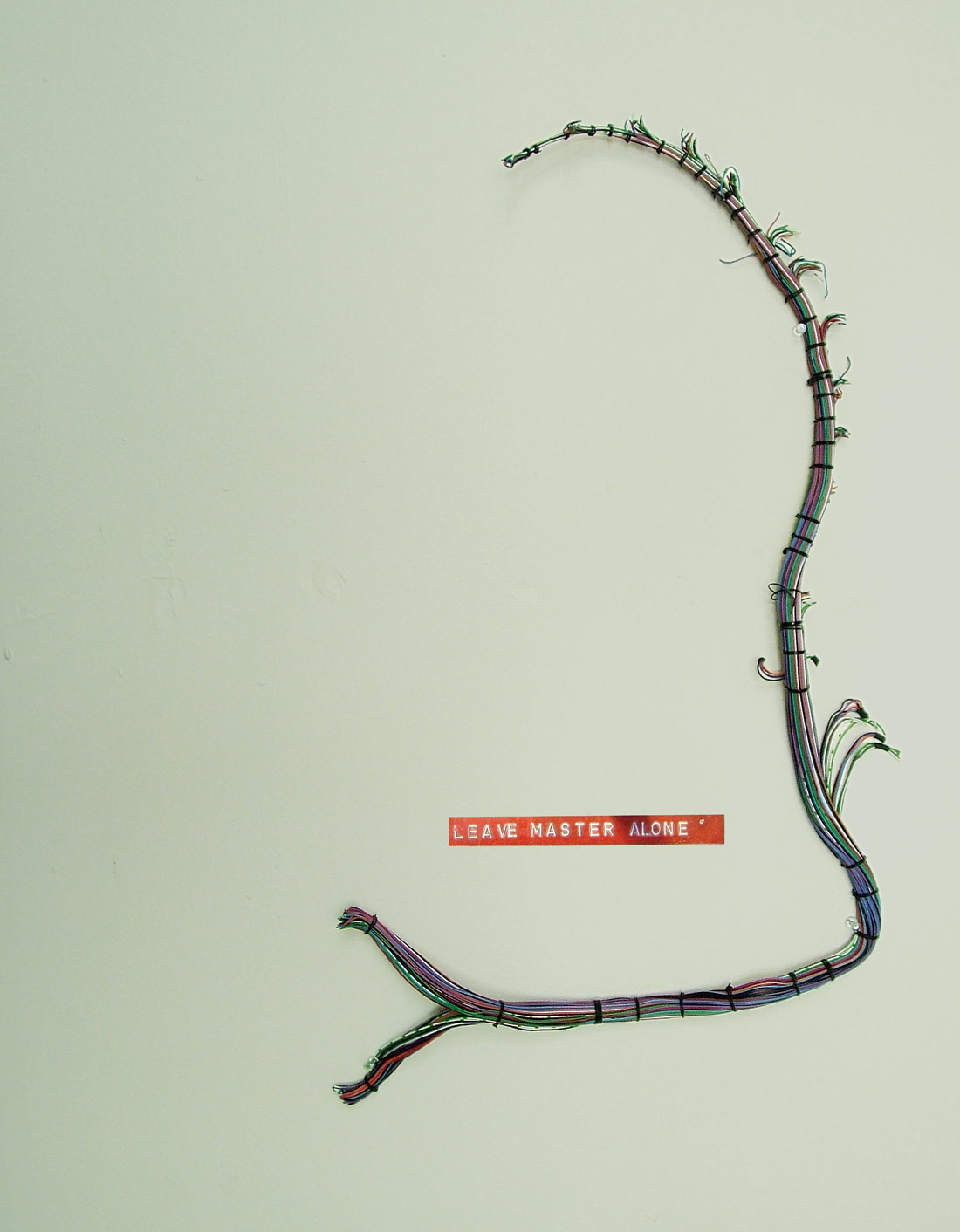

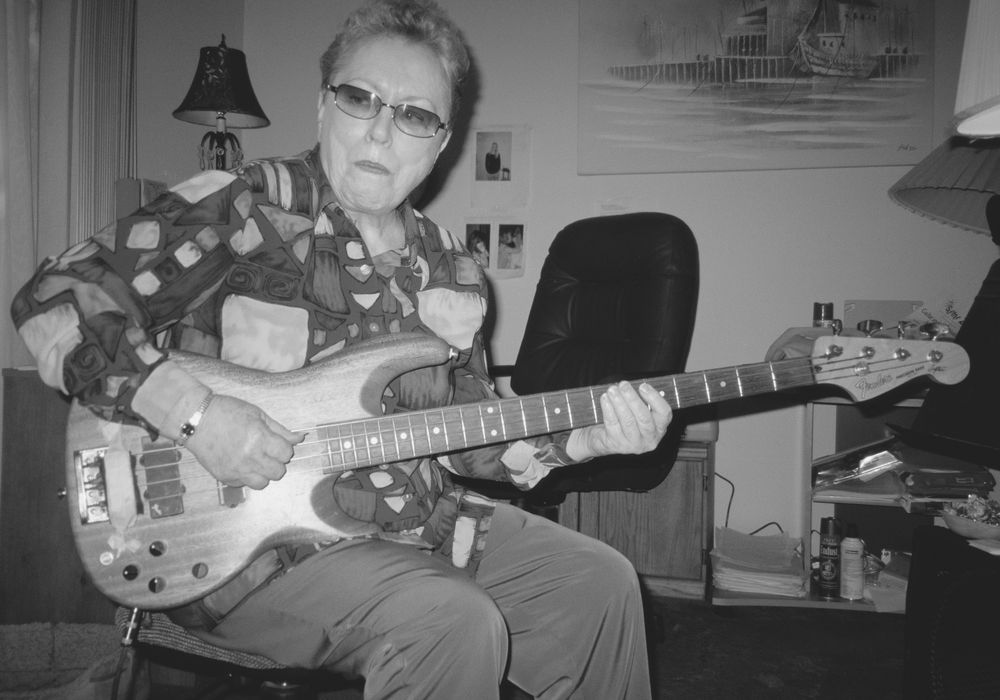
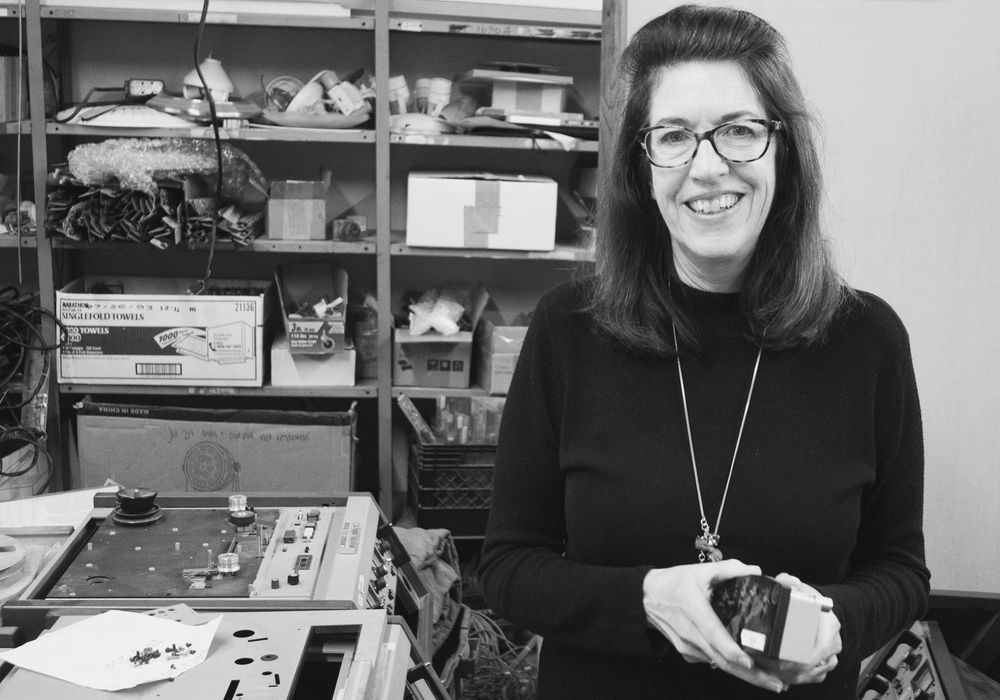
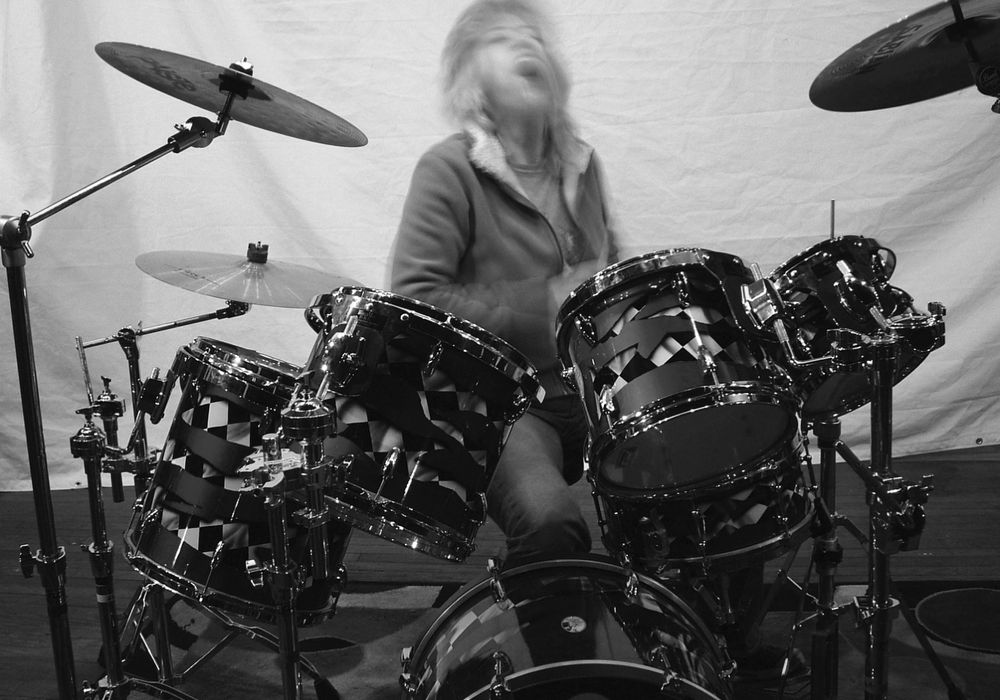
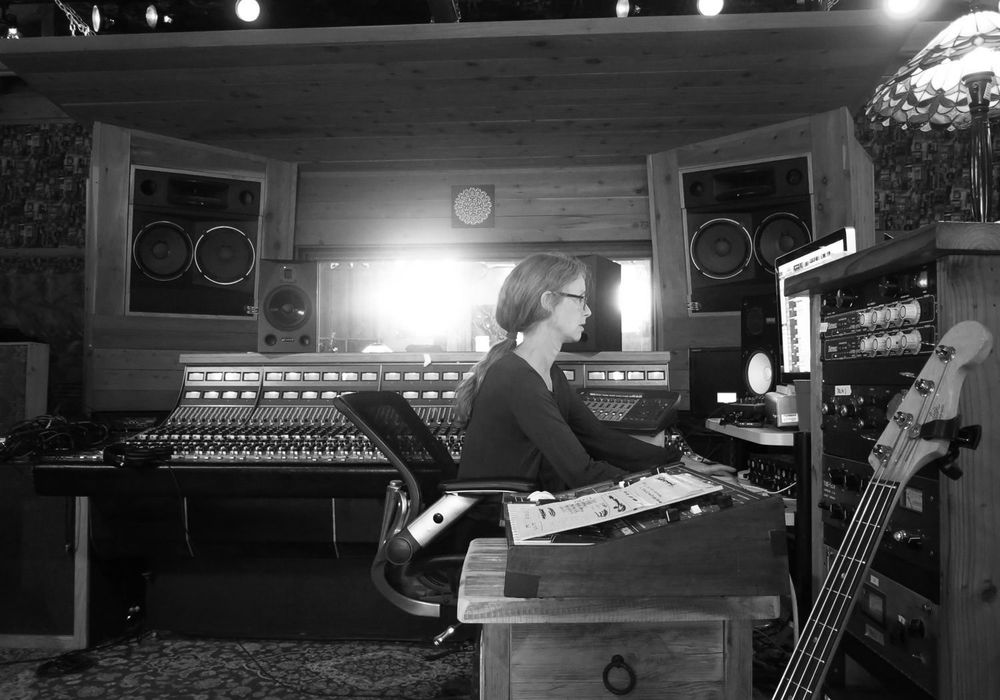
_display_horizontal.jpg)
